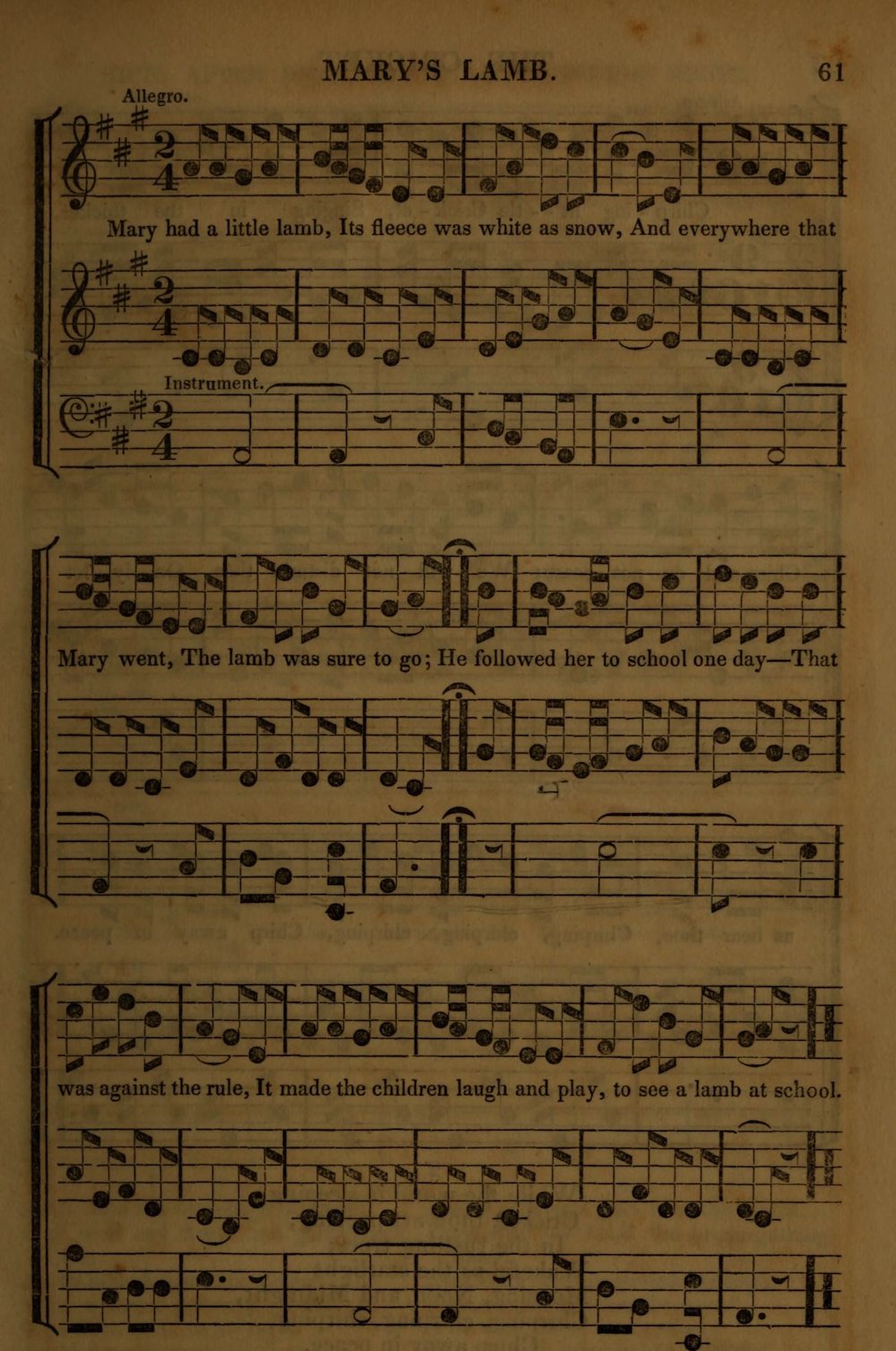 Oz and the Musical: Performing the American Fairy Tale considers the special relationship between Oz and Musicals in the US. Drawing on my experiences as a fan, scholar, and practitioner I argue that musical adaptations of The Wizard of Oz make the "American fairy tale" available as participatory culture. In return, Oz contributes to the musical's pedigree as an America art form. Along the way, I discuss L. Frank Baum's The Wonderful Wizard of Oz (1900), the popular Broadway adaptation of 1903, the famous MGM film, the stage and screen versions of The Wiz (1975 and 1978), and Wicked (2003). The book concludes with a chapter on home, school, and community musical performances of Oz. Central to these adaptive performances are the contributions of diverse American producers, performers, and audiences, including kids, immigrants, Black people, and queer people, who have expanded and transformed the American fairy tale through song, dance, and the gestures of musical theater.
Oz and the Musical: Performing the American Fairy Tale considers the special relationship between Oz and Musicals in the US. Drawing on my experiences as a fan, scholar, and practitioner I argue that musical adaptations of The Wizard of Oz make the "American fairy tale" available as participatory culture. In return, Oz contributes to the musical's pedigree as an America art form. Along the way, I discuss L. Frank Baum's The Wonderful Wizard of Oz (1900), the popular Broadway adaptation of 1903, the famous MGM film, the stage and screen versions of The Wiz (1975 and 1978), and Wicked (2003). The book concludes with a chapter on home, school, and community musical performances of Oz. Central to these adaptive performances are the contributions of diverse American producers, performers, and audiences, including kids, immigrants, Black people, and queer people, who have expanded and transformed the American fairy tale through song, dance, and the gestures of musical theater.
"Bringing together his expertise in American musical theatre and childhood studies, Bunch walks readers through a culturally-grounded understanding of the world of Oz as found in books, on stages, on screens, in homes, and in communities. Deep scholarship and deep engagement with fan culture create a persuasive reading of the Oz fairy tale as quintessentially American, consciously performative, and full of a kind of theatrical humbug that makes the story perpetually adaptable and reflective of our changing society."
Dr. Jessica Sternfeld, Associate Professor of Music, Chapman University
"Oz and the Musical beautifully analyzes the utopian possibility of the Oz story in forging a sense of American belonging. Exploring the form of the musical and its participatory potential, Bunch embraces the value of make believe and the performative to American inclusiveness. In engaging, lively prose, he reads Oz, The Wiz, and Wicked as fabulous expressions of the variety of the American imagination."
Katharine Capshaw, Professor of English and Africana Studies Affiliate, University of Connecticut
"[Bunch's] ability to weave previous scholarship with his own fresh takes, and to intertwine Oz musicals with Oz's utopian ideals; the participatory culture of musicals; and America's darker side of exclusion, erasure, and appropriation mak Oz and the Musical a worthy addition to the bookshelves of scholars and fans alike.
Dina Schiff Massachi, The Baum Bugle



